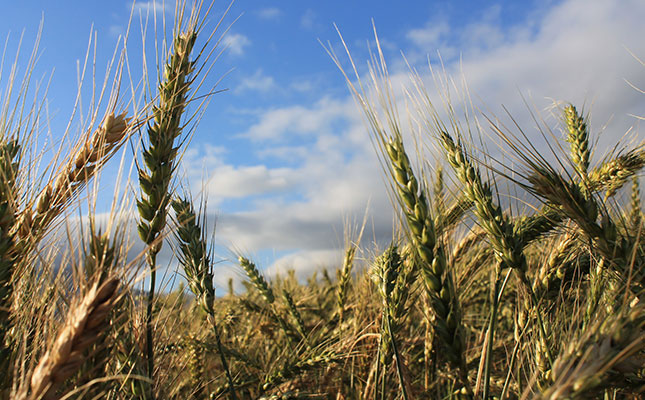
According to Agbiz economists Wandile Sihlobo and Tinashe Kapuya, the wheat import tariff has been triggered six times over the past 29 months, but this will only be the second time during this period that the tariff will decrease – the previous downwards revision was in August 2015 when the tariff level decreased from R800/t to R510/t.
The current tariff was at a record high after having increased more than sevenfold since October 2014, driven by the poor performance of the rand and the drop in international wheat prices, which reached close to six-year low in 2016.
“The trigger conditions are satisfied when the international wheat price deviates from the base price by more than US$10/t for three consecutive weeks,” according to a statement issued by Sihlobo and Kapuya.
Over the past three weeks, the international wheat prices consistently deviated from the base price of US$193,33/t (R2579,42) by more than US$10/t, thus triggering a downward revision of a tariff.
“The two variables that determine the import tariff level are the international wheat prices and exchange rate. In this latest trigger, the exchange rate is 18% stronger compared to the current one, and the new base price will potentially be 6% higher than the current one. The net effect is a 25% downward revision of the import tariff,” said Sihlobo and Kapuya.
International wheat prices have strengthened due to unfavourable weather conditions in key production regions – namely, the extreme cold in most parts of Europe and the Black Sea region.
The decrease in the import duty was not likely to have any significant impact on local producer earnings, said Grain SA CEO Jannie de Villiers.









